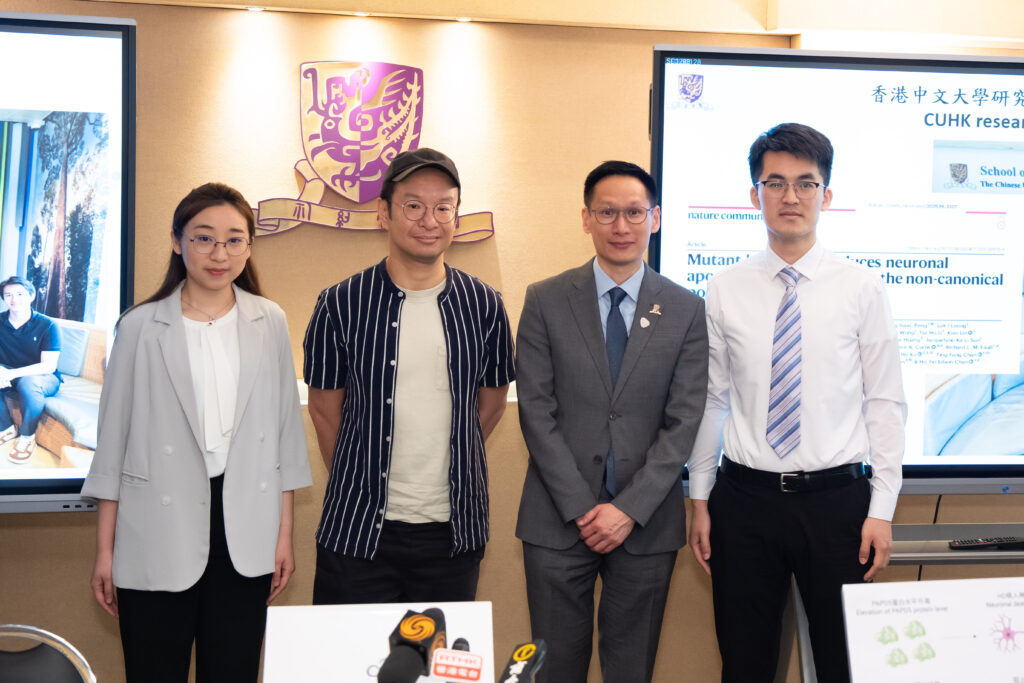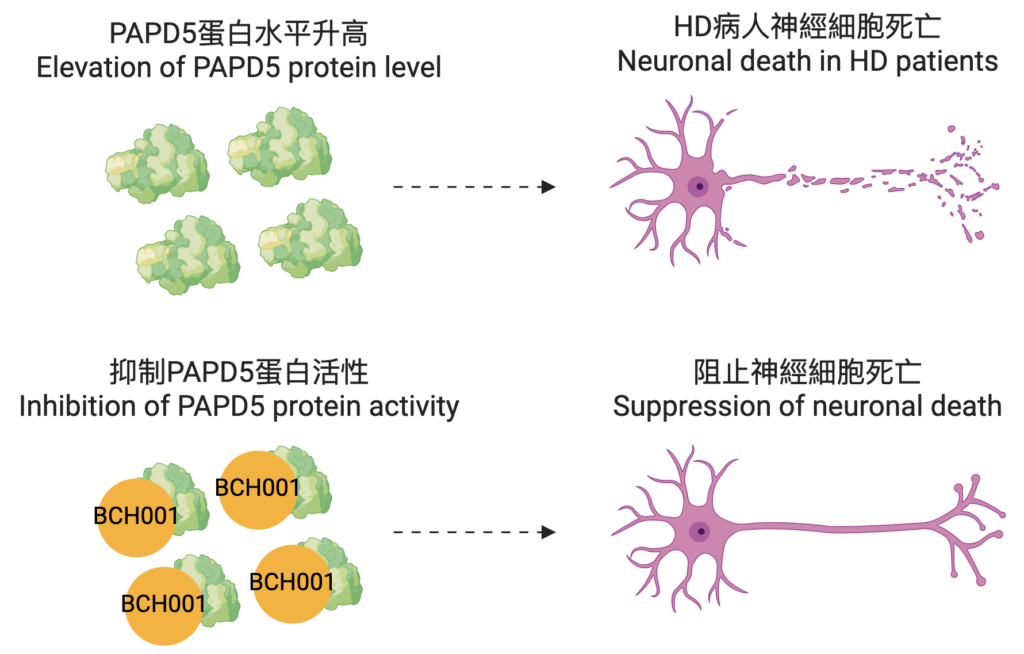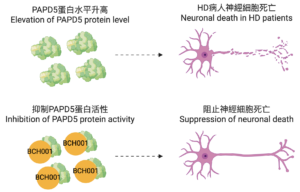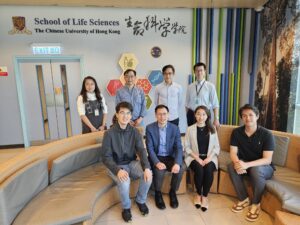CUHK
News Centre
CUHK unveils a novel disease mechanism for Huntington’s disease and directs new treatment paths
Professor Edwin Chan Ho-yin and his research team from the School of Life Sciences at The Chinese University of Hong Kong (CUHK) have recently reported a novel molecular mechanism underlying Huntington’s disease (HD). Their research reveals the pathogenic role of Poly(A) RNA polymerase D5 (PAPD5) in HD. The team discovered that PAPD5 levels are elevated by 4.5 times in the brains of HD patients compared to healthy individuals, contributing to neuronal apoptosis and cell death. They also demonstrated that inhibiting PAPD5 activity can mitigate these effects, offering new hope for potential treatments. The research findings have been published in the prestigious scientific journal Nature Communications.
Advancing understanding of HD mechanisms to direct therapeutic developments
Huntington’s disease is a devastating, inherited neurodegenerative disorder that typically manifests in patients during their mid-30s to 40s. The disease primarily affects the caudate and putamen regions of the brain, leading to uncontrolled muscle movements, cognitive decline and, in some cases, psychiatric disturbances. HD cases have been reported in both mainland China and Hong Kong. Currently, there is no cure for HD and the available medications only manage symptoms. This underscores the urgency of uncovering the disease’s underlying mechanisms and identifying new therapeutic targets.
Professor Chan’s team discovered that the PAPD5 level is significantly elevated in the brains of HD patients. This increase activates a downstream pro-apoptotic signaling pathway, leading to neuronal cell death. Their findings provide critical insights into the molecular mechanisms driving HD and highlight PAPD5 as a key player in the disease’s pathogenesis.
Small molecule inhibitor shows promise in HD models
The team further demonstrated that BCH001, a small molecule inhibitor of PAPD5, can suppress the pro-apoptotic pathway and reduce neuronal cell death in multiple HD models. This discovery positions PAPD5 and its associated pathway as promising therapeutic targets for combating HD neurotoxicity. An application for a US patent to use PAPD5 and BCH001 in HD therapeutics is currently being supported by CUHK’s Patent Application Fund. Building on these findings, Professor Chan’s team is now screening additional drug candidates and evaluating their efficacy in both cellular and rodent HD models.
Professor Chan said: “There is currently no effective cure for HD. Our study not only elucidates a novel disease mechanism but also identifies a potential drug candidate to address this devastating condition. We believe our work opens new avenues for developing targeted therapeutic interventions for HD.”
This work was supported by The General Research Fund of the Hong Kong Research Grants Council and CUHK’s Gerald Choa Neuroscience Institute. Key contributors included Professor Stephen Chen Zhefan, Assistant Professor in the School of Life Sciences. The full text of the research paper can be found: https://doi.org/10.1038/s41467-025-58618-4.
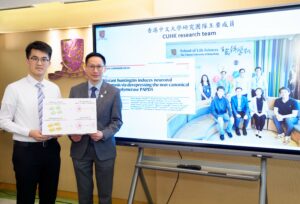
Professor Edwin Chan Ho-yin (right) and Professor Stephen Chen Zhefan, School of Life Sciences, CUHK.

(From right) Professor Stephen Chen Zhefan, Professor Edwin Chan Ho-yin, Mr Ken To, the caretaker of a Huntington’s disease patient and Doctor Maggie Leong, Postdoctoral fellow in Professor Edwin Chan’s lab.
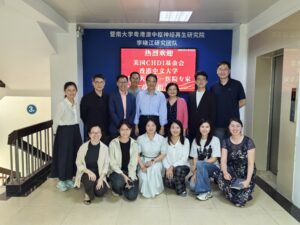
Cross-institutional research team in the Greater Bay Area collaborates to develop Huntington's disease drug. Team members include the School of Life Sciences at CUHK, the First Affiliated Hospital of Sun Yat-sen University, and Guangdong-Hong Kong-Macao Central Nervous System Regeneration Research Institute of Jinan University.



